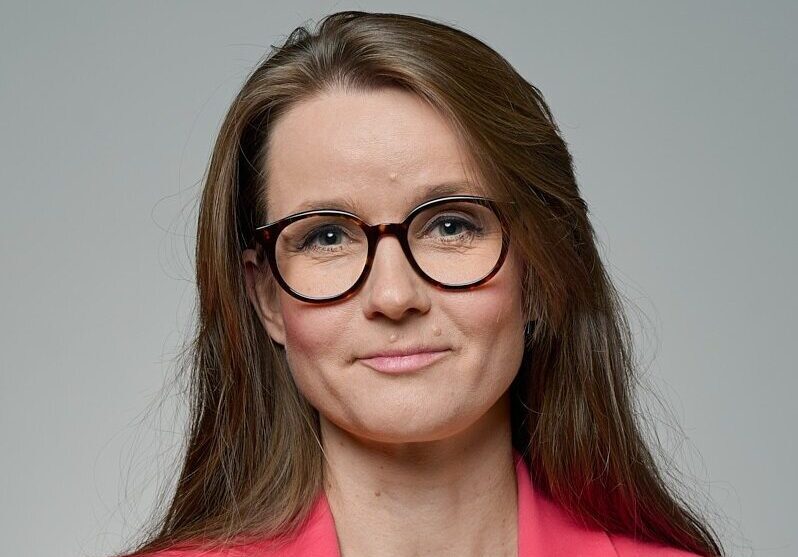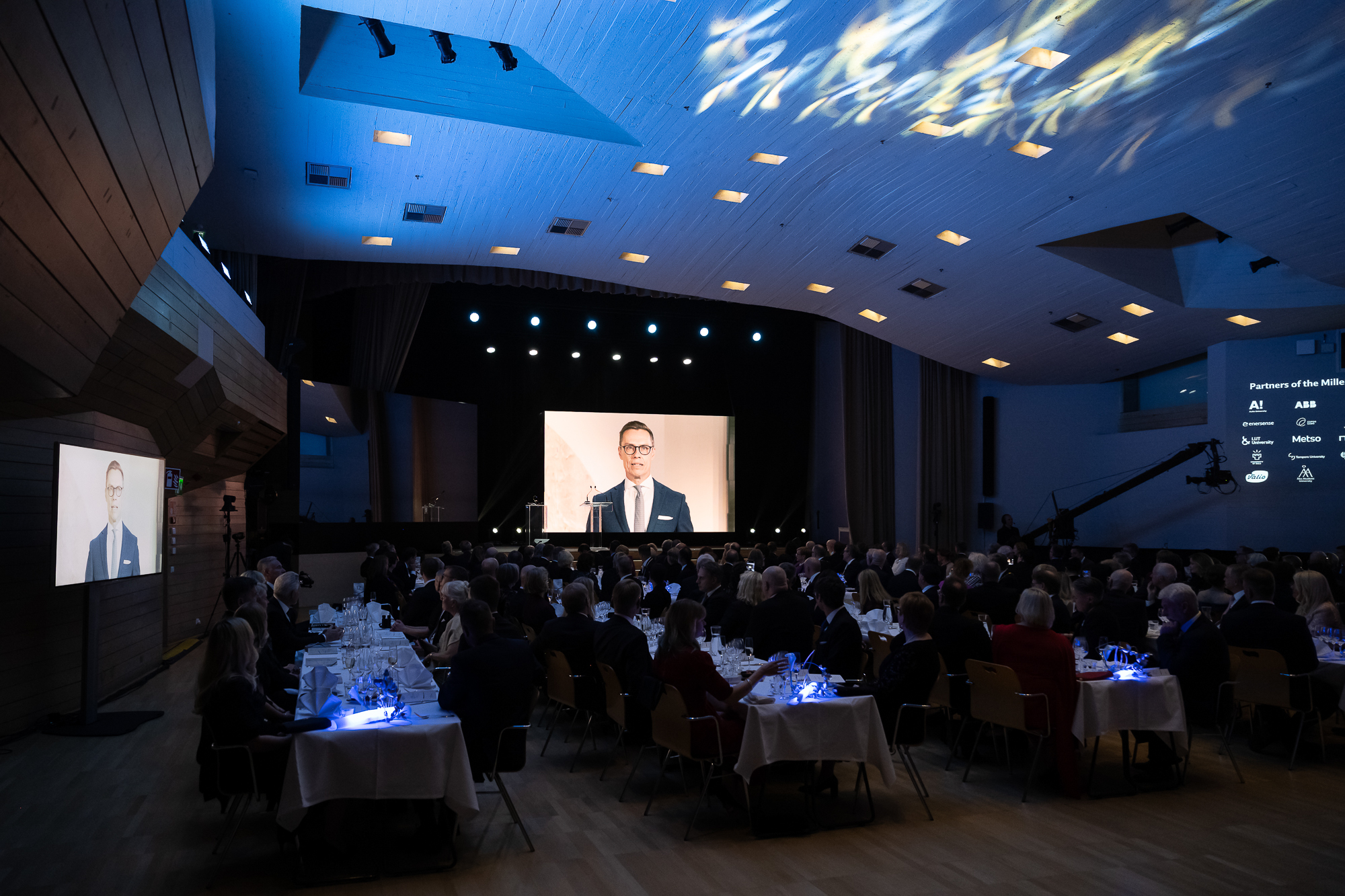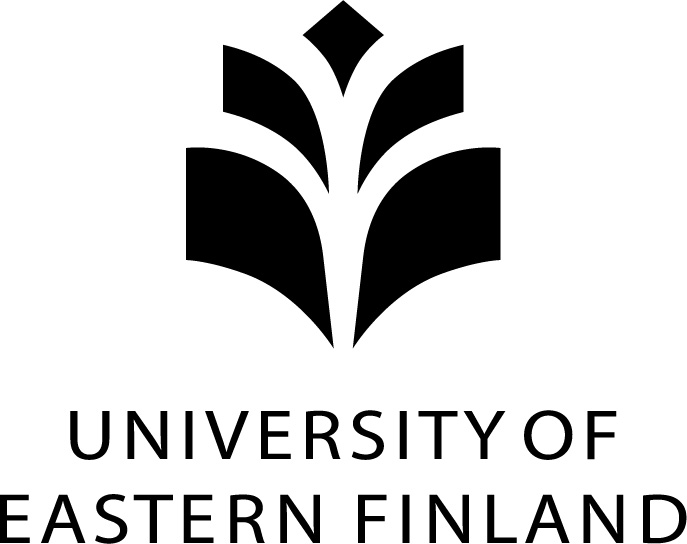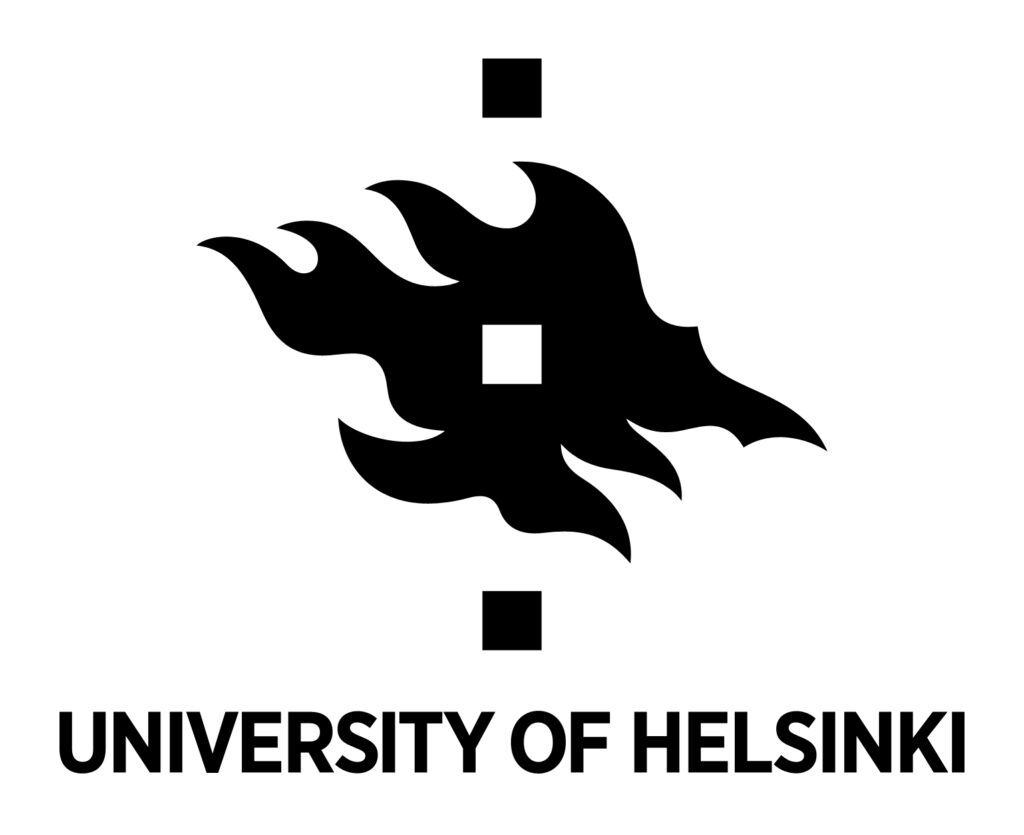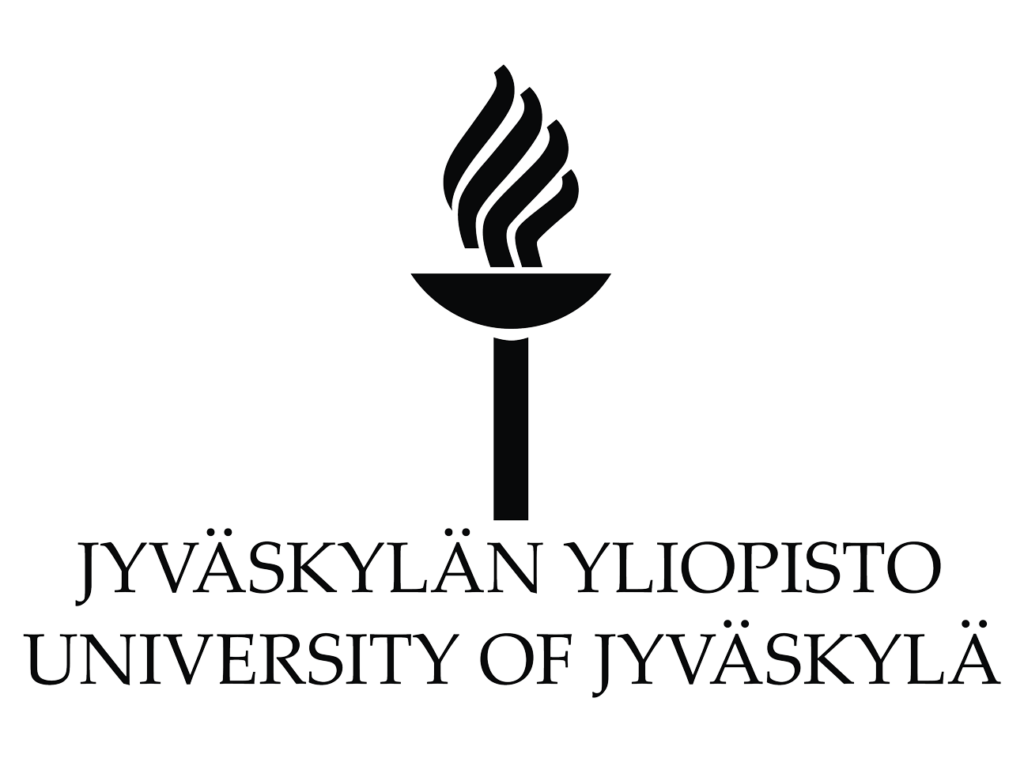Behind the scenes of MTP: high-tech, brilliant innovators and feats of the imagination

In the picture on top: Millennium Technology Prize winners (from the left) Stuart Parkin (2014), Frances Arnold (2016) and Michael Grätzel (2010).
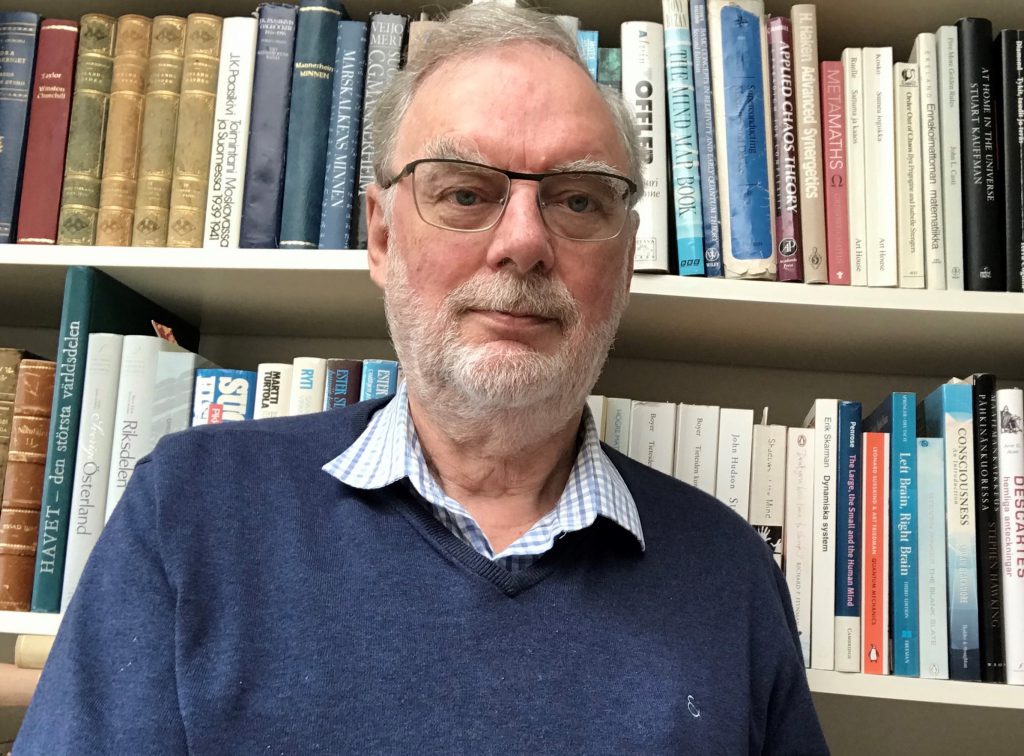
At the turn of the Millennium, Finland was in the grip of a Nokia craze. The country had garnered fame for its technology all over the world – and for good reason. Besides Nokia, however, the Nordic region boasted other high-tech industries based on solid scientific research, companies such as Neste, Planmeca and Outotec.
“The turn of the Millennium was the perfect occasion to show our expertise and our culture to the world. An American friend Arthur J. Collingsworth, a great fan of Finland, suggested that we establish an international prize to be awarded to people who have best combined cutting-edge technology with human values. That gradually got the ball rolling,” professor Jarl-Thure Eriksson says, recalling the founding ideas behind the Millennium Technology Prize.
The first panel discussion on the launch of the Millennium Technology Prize Foundation was held in autumn 2002. In that discussion, Eriksson represented both the Swedish Academy of Engineering Sciences in Finland and rectors of Finnish institutes of technology. The constituent meeting of the foundation was held on 16 December 2002, and the rest is history.
Technology in service of humanity
Eriksson says that one of the reasons behind the prize was the desire to showcase the success story of Finland: in less than a hundred years, the remote agrarian country had become one of the happiest and most successful nations in the world, and technology had played a key role in the improvement of the quality of life.
“The core idea of the Millennium Technology Prize is innovations that improve the life of the individual. Inventions that remain in the desk drawer never build a better world or a better future,” says Eriksson.
According to him, technology is a form of refined natural science for the greater good of humanity.
“Throughout the ages, people have admired physics, chemistry and medicine as the highest pinnacles of science, but the deployment of scientific achievements for the good of individuals and society is due to technological progress. The Millennium Technology Prize was the first accolade to be unequivocally granted on technological merit.”
Dazzling innovations
Eriksson has had a front-row view of the evolution of the Prize, serving for extended periods on the boards and working committees of the foundations behind the Millennium Technology Prize. He also chaired the International Selection Committee from 2011 to 2016.
“The Prize turns the spotlight on technology in service of humanity, with a view towards environmental issues and sustainable development in particular. I think these aims have been achieved admirably, and the Prize winners have subsequently received broad recognition elsewhere as well. I had the honour of serving on the International Selection Committee for three rounds. Two of the Prize winners of my term, Shinya Yamanaka and Frances Arnold, later became Nobel Prize winners as well,” Eriksson tells.
In other words, all Millennium Technology Prize winners are top experts and high innovators. The most rewarding thing for Eriksson has been to get to know the winners and witness their work up close.
The world needs idols
Jarl-Thure Eriksson considers it vital that the Millennium Technology Prize continue to live and evolve with the times.
“Although teamwork is growing in importance all the time, I believe we also need individuals we can look up to in technology – just as in music or art. Ideals have the capacity to motivate the individual to achieve new feats that combat issues such as overpopulation and climate change.”
Text by Technology Academy Finland TAF


